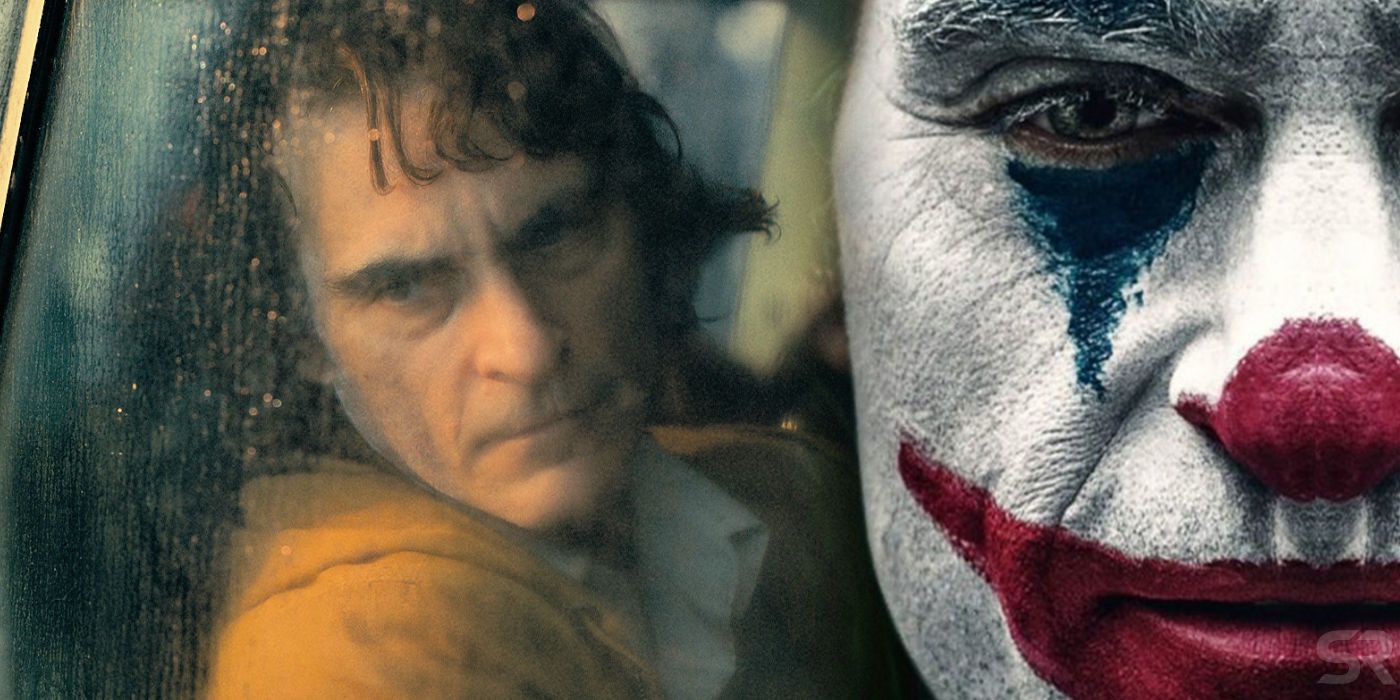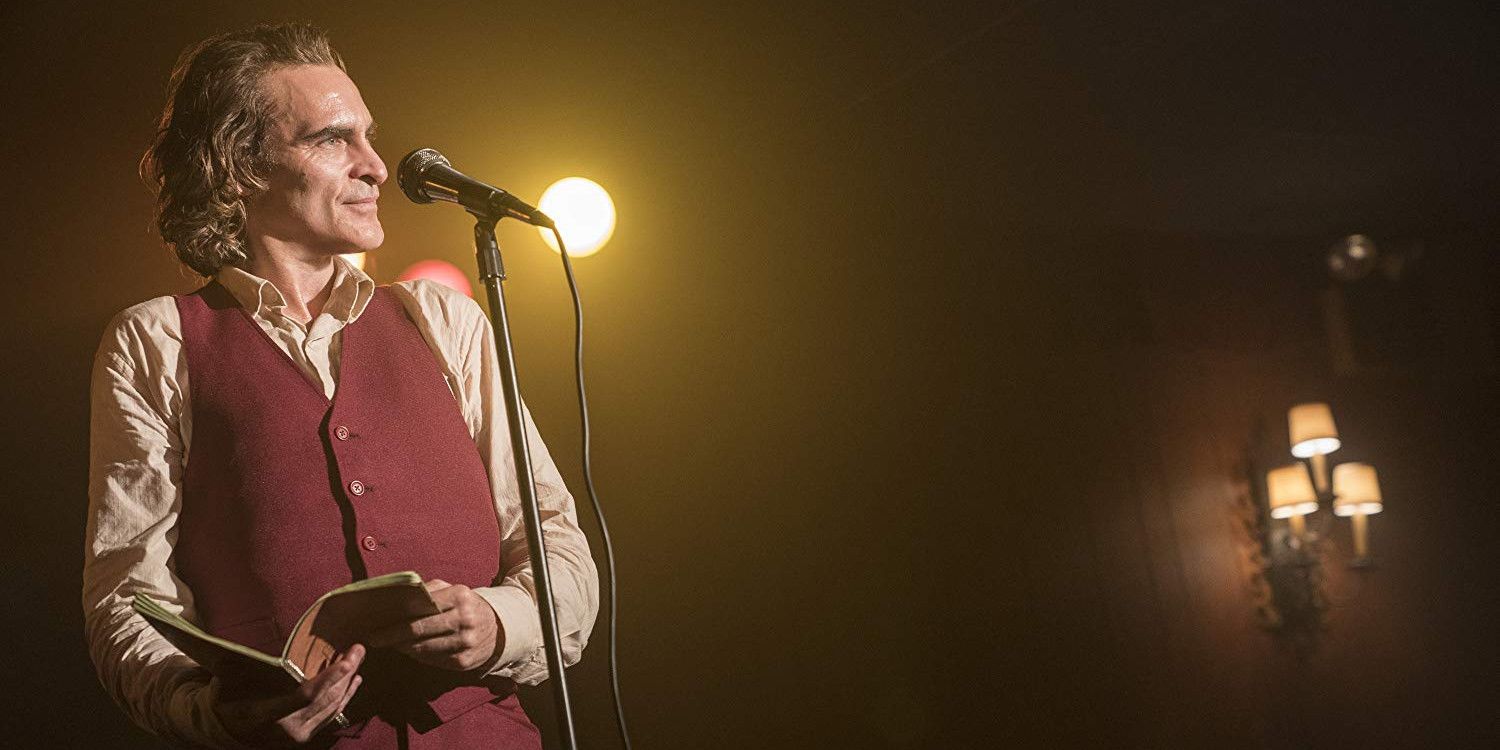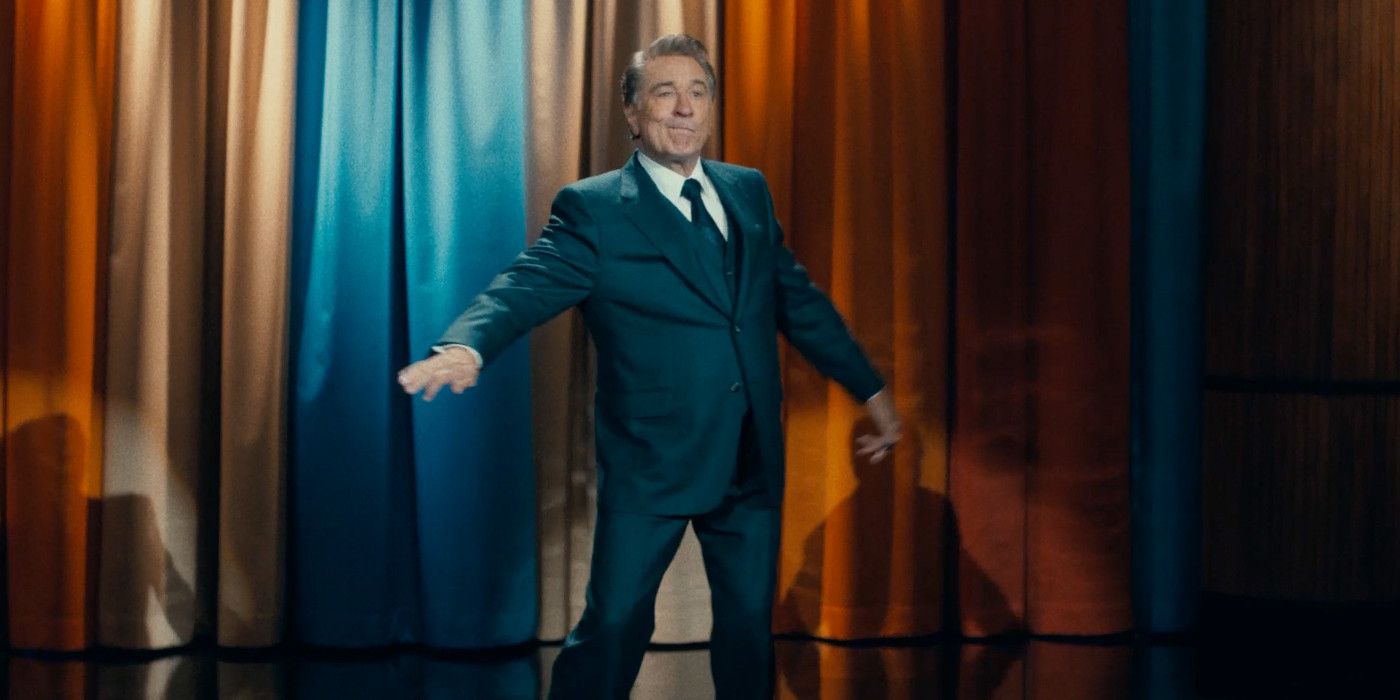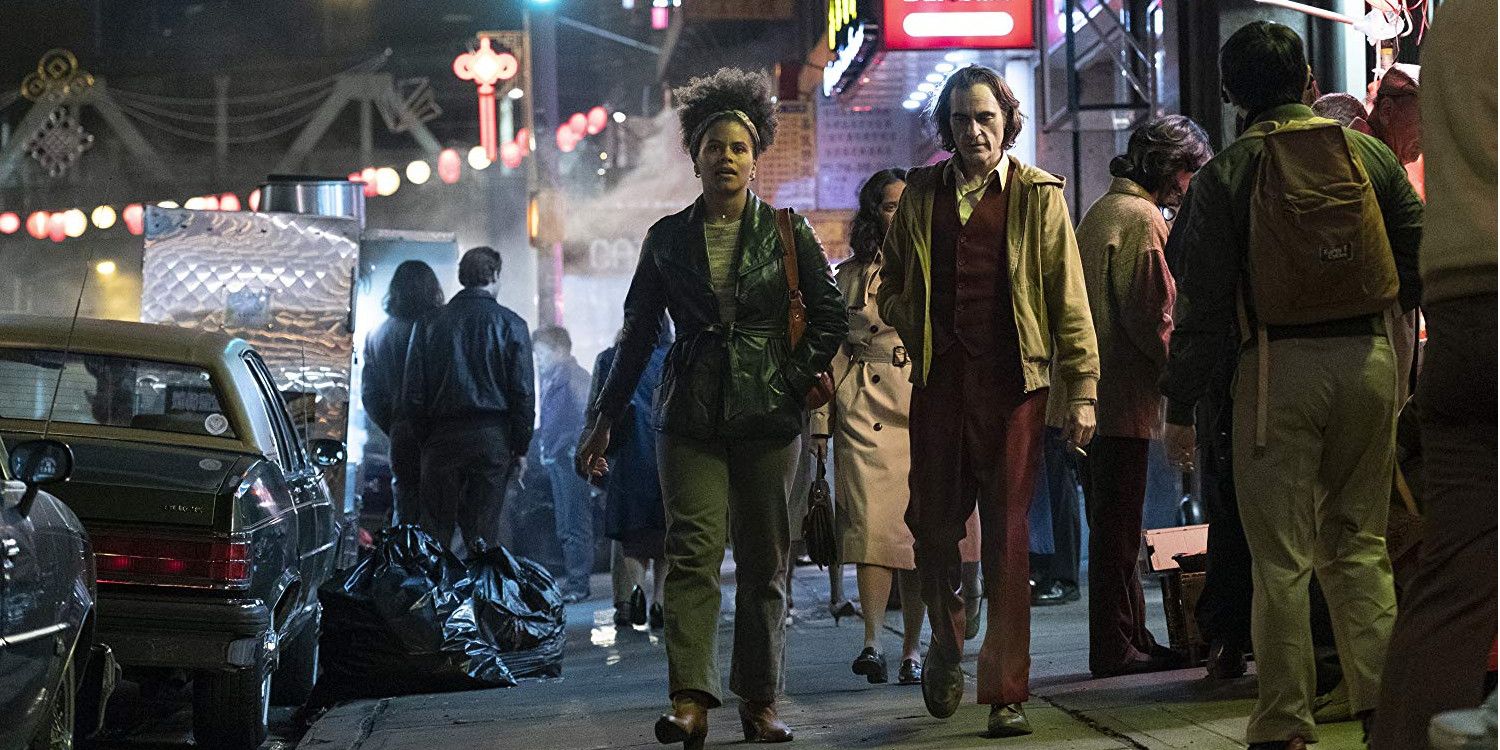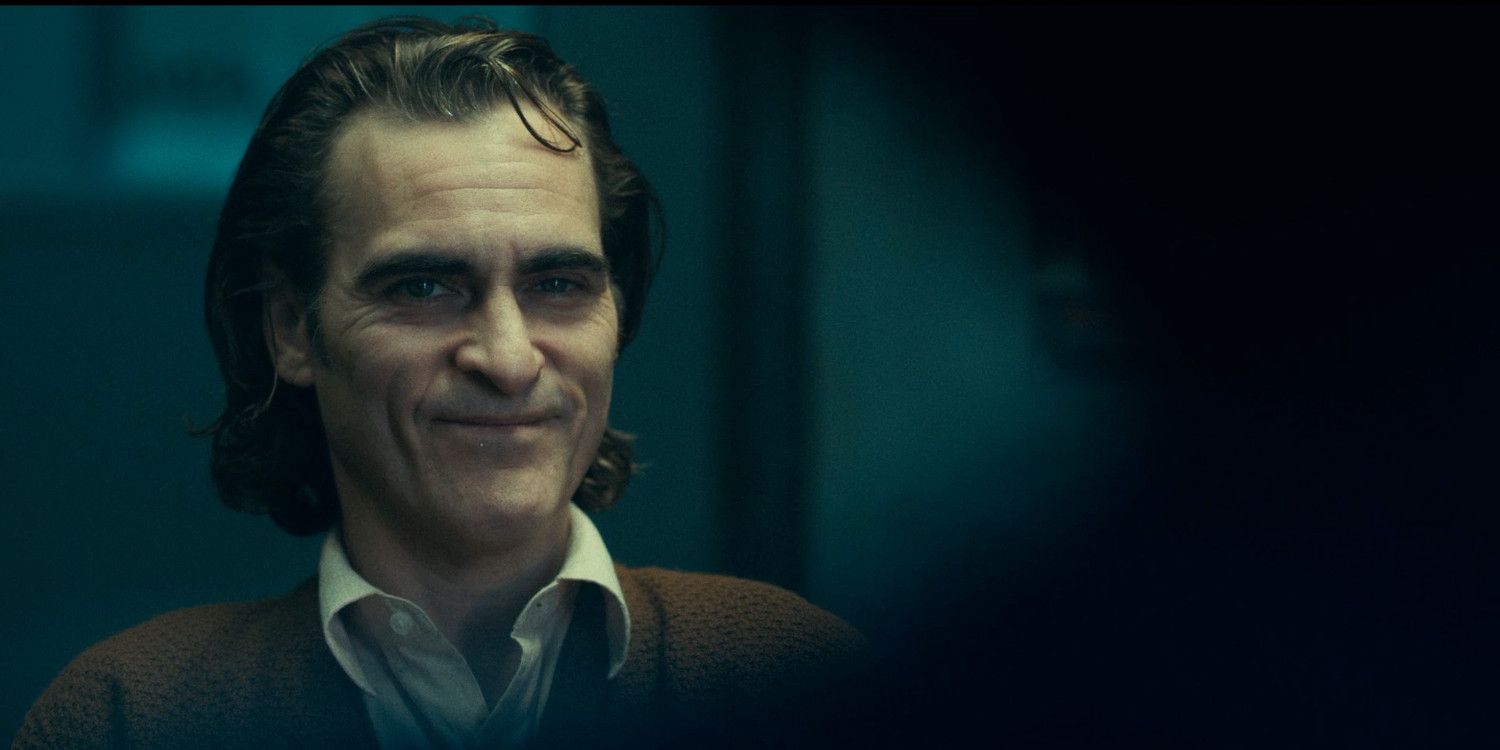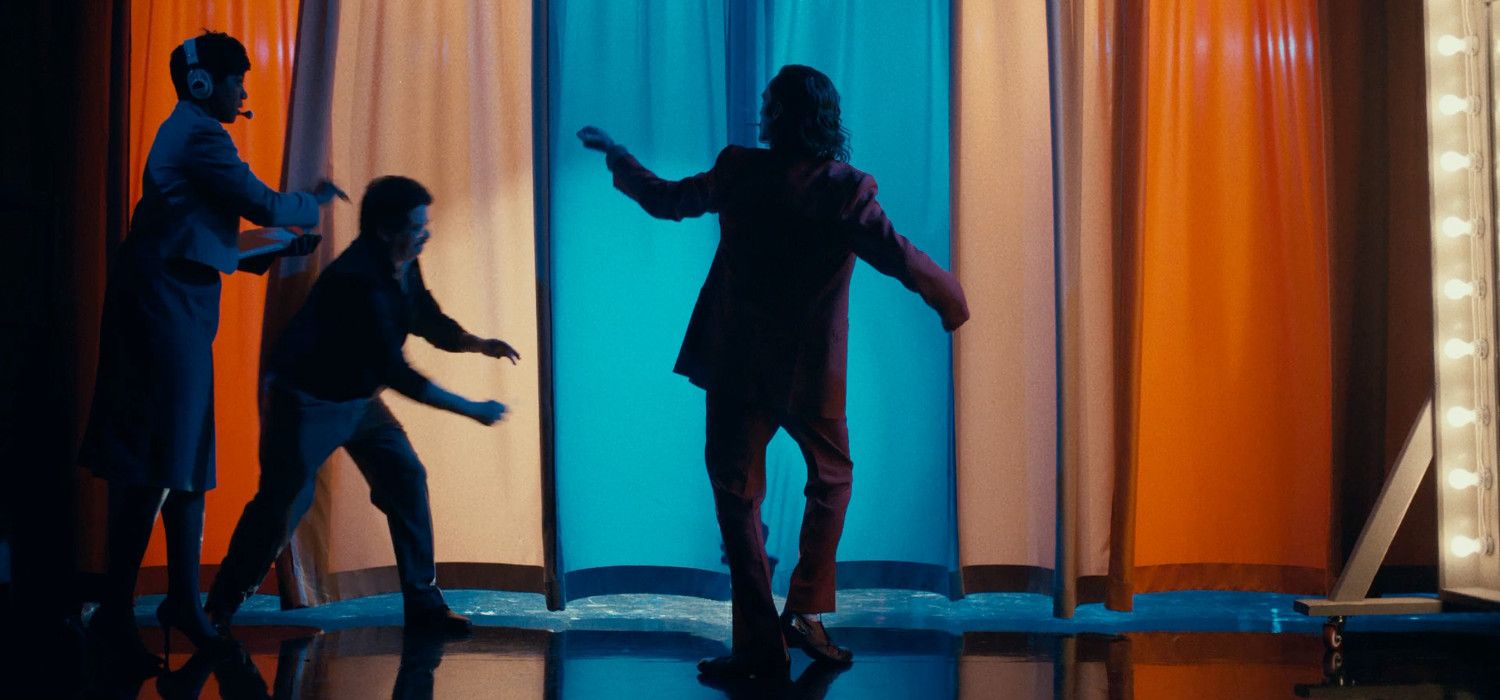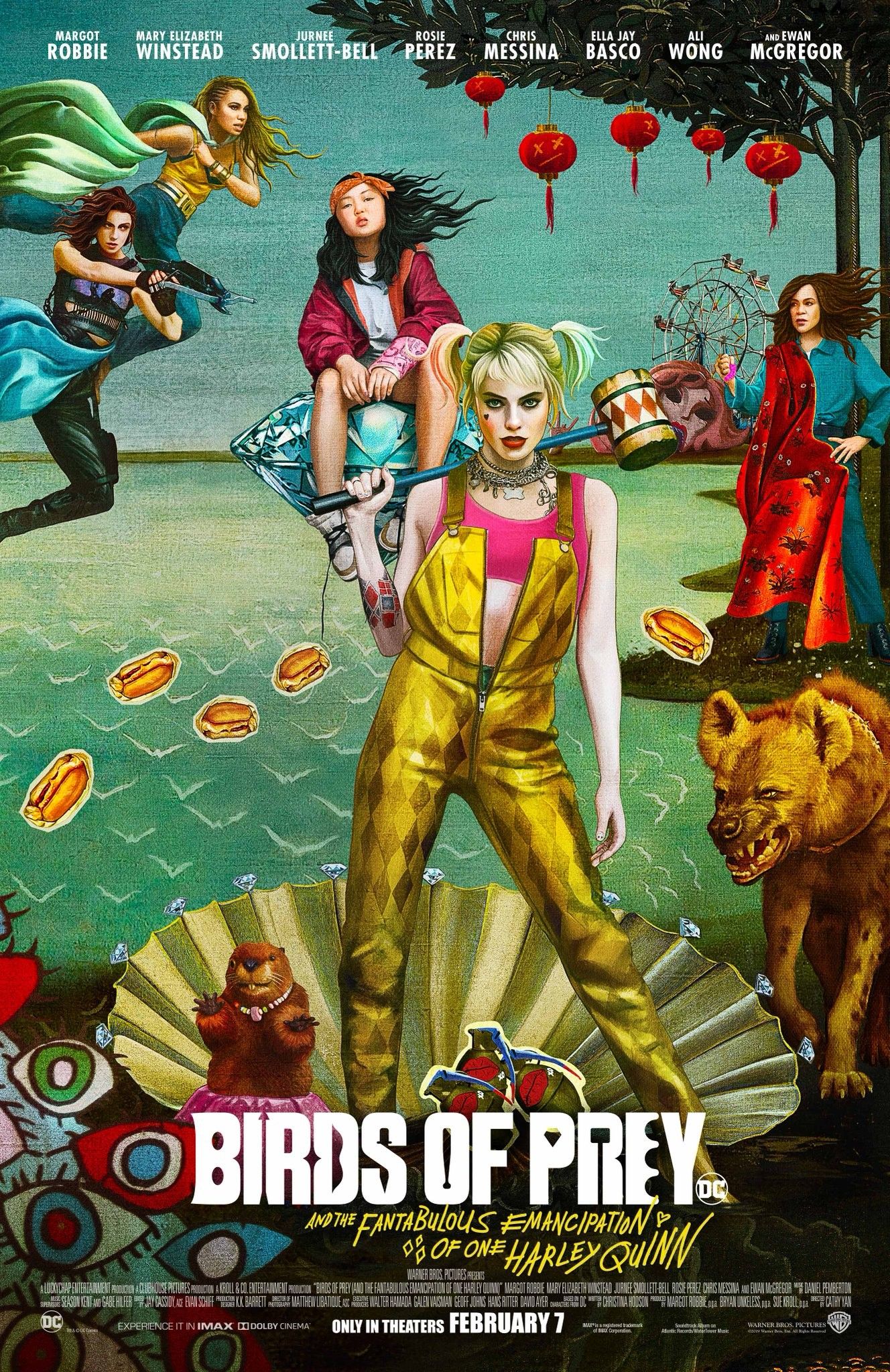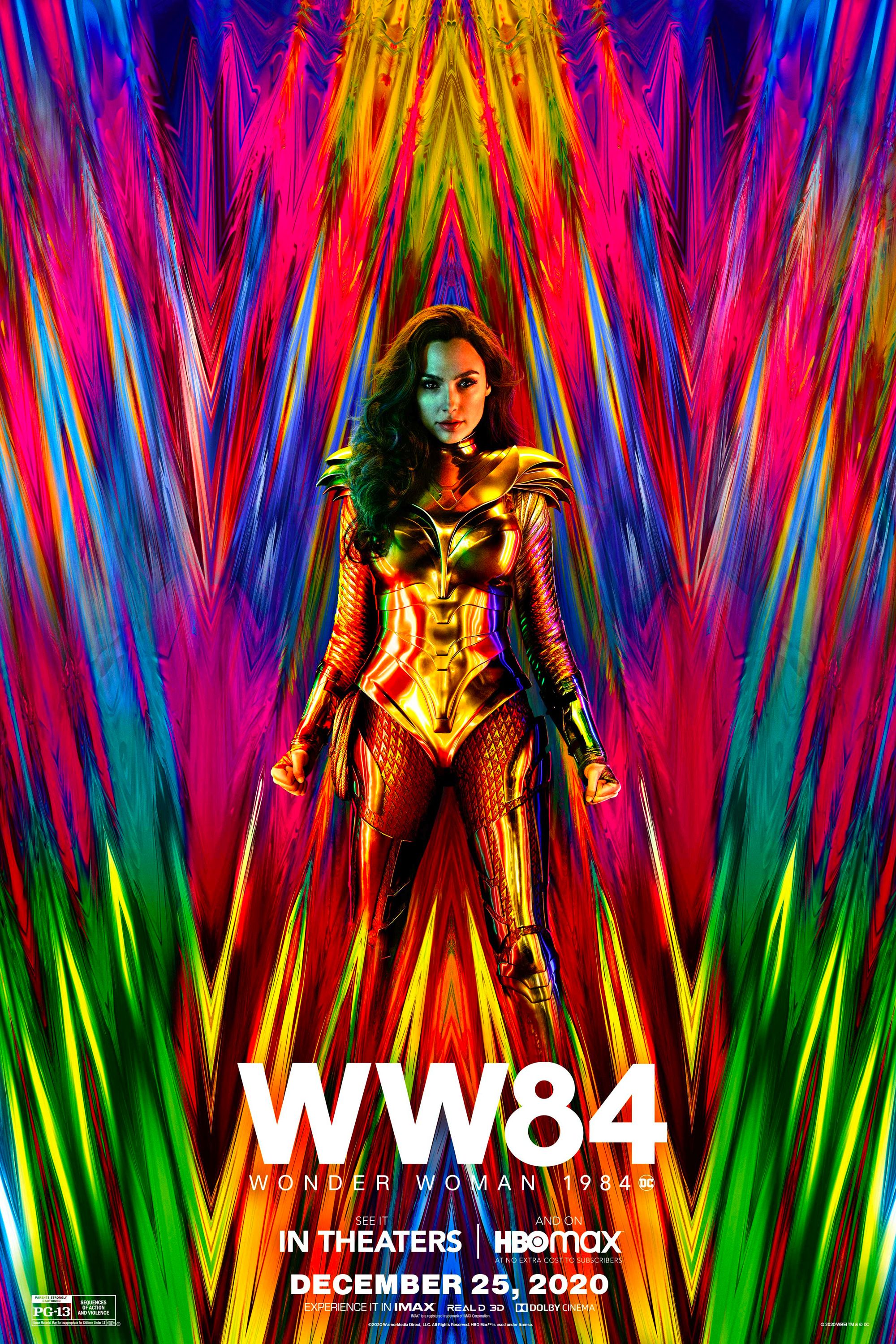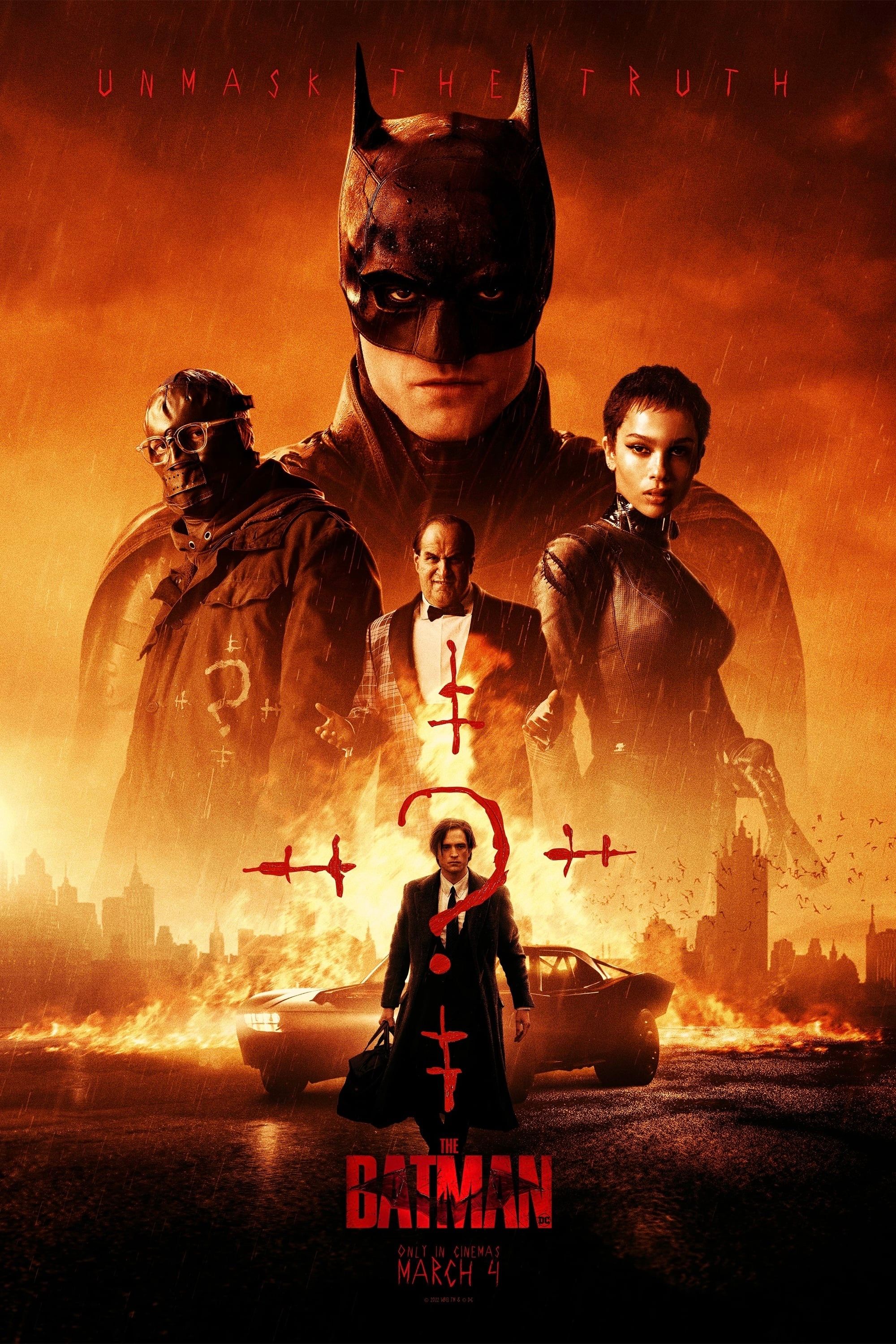Warning: SPOILERS ahead for Joker.
There is reason to believe that all of the action of Joker takes place within the confines of Arthur Fleck's head. The Joker movie makes it clear that not all of the events we see are real and that much of the action is imagined or hallucinated. It is never made apparent, however, just what events might be real, giving rise to the possibility that nothing we've seen actually happened and that the whole film is a madman's dream.
The ambiguity of Joker has been a divisive point for critics and audiences alike. Much of the controversy over Joker sprung from fears that it portrayed all psychologically divergent or socially awkward individuals as potential mass murderers or that the movie tried to inspire sympathy for such individuals by blaming society for their deficiencies. It has also been suggested Joker intentionally promoted class warfare by painting all social activists as violent anarchists and all rich people as self-obsessed scoundrels. The irony is that there's just as much evidence that the film's contradictory messages were intentional and that there is no deeper message, nor a method to the madness.
The one thing all viewers can agree on, however, is that Joker does a fantastic job of replicating the confusion of its protagonist and putting the audience inside his head. It does this not through the usual cinematic trickery that inspires empathy for the main character but by using the movie itself as a simulation of Joker's mental state. By leaving it uncertain just what events in the movie are real, the audience is left as confused, bewildered, frightened, and angry as Arthur Fleck himself.
Joker Is An Unreliable Narrator
The story of Joker is based around the idea of the Unreliable Narrator. First popularized in film by movies such as Citizen Kane and Roshamon, the Unreliable Narrator calls the entire validity of a story into question by failing to provide a truthful viewpoint. This unreliability can be either intentional or unintentional, depending upon the narrator's personal biases or their lack of accurate information.
While the concept of the Unreliable Narrator has existed in fiction for hundreds of years, the term was first coined in 1961 by literary critic Wayne C. Booth in his book The Rhetoric of Fiction. William Riggan would later codify the many kinds of unreliable narrators in his 1981 book, Picaros, Madmen, Naifs, and Clowns: The Unreliable First-Person Narrator. Perhaps not coincidentally, Joker is set in the year 1981.
The reason why Riggan's book is notable is that two of the types of Unreliable Narrator he isolated are particularly relevant in regards to Joker; the Madman and the Clown. The Madman's story cannot be believed because his senses are unreliable. The Clown's story cannot be believed because he does not take the story seriously and intentionally colors the tale to play with the audience's expectations. Both of these types of unreliable narration are reflected in Arthur Fleck's story.
Arthur's Active Imagination
It is made clear early on in Joker that Arthur Fleck (Joaquin Phoenix) has an active imagination. This is first made apparent in a scene where Arthur and his mother watch TV together and they enjoy a talk show hosted by Murray Franklin (Robert DeNiro), who is Arthur's comedic idol. Suddenly, Arthur is in the live audience of a recording of Franklin's program and at first it seems that the movie just cut ahead to a scene of Arthur attending a taping of Franklin's show.
It is slowly revealed that Arthur is imagining the whole scene, as Murray Franklin singles Arthur out of the crowd and starts talking to him. The two bond over their both being raised by single mothers and the crowd applauds Arthur as he talks about how he loves his mother and tries to take care of her, like a good son should. This declaration inspires Franklin to invite him on stage, give him a hug, and say he could be no prouder of Arthur if he were his own son. Beyond showcasing Arthur's longing for a father-figure's approval and his desire for attention and respect, the scene also establishes that, regardless of whatever mental issues he has, Arthur also has an rich fantasy life.
Arthur's Relationship With Sophie
It is not until later in Joker that it becomes obvious just how disturbed Arthur has become and how his fantasy life has replaced his perception of reality. This is revealed through the character of Sophie Dumond (Zazie Beetz), a single mother who lives in the same building as Arthur and his mother. Early in the movie, Sophie smiles at one of Arthur's jokes while the two are in an elevator together. This leads Arthur to follow Sophie through the streets of Gotham the next day; an act she notices but is strangely undisturbed by.
Soon Sophie is coming to see Arthur perform at the comedy club and the two seem to be dating. She is also at Arthur's side in the waiting room after Arthur's mother is hospitalized. The truth of things is not revealed until later in Joker when Arthur is watching TV in Sophie's apartment late at night and a fearful Sophie emerges from the bedroom to tell him that he's in the wrong apartment. We then see every scene in the movie that Sophie was in after her encounter with Arthur in the elevator and it is made clear that Arthur just imagined that he had a girlfriend to support him in his creative endeavors and time of need.
The Passage Of Time And Clocks
A more subtle indication that Arthur is completely out of touch with reality is revealed through the bookend scenes that open and close the movie, where Arthur is talking to a therapist. The first scene is in a dingy social services office, where reference is made to how Arthur was committed to a psychiatric hospital once before and a quick clip shows him in said hospital. The second scene shows Arthur in the hospital again after the riot that was inspired by his murdering Murray Franklin. Both scenes show a clock in the background and the time is 11:12, suggesting that everything that happens between those two scenes is part of one of Arthur's fantasies.
All The Other Little Cracks In Reality
Beyond the obvious scenes showing that Arthur Fleck's point of view is untrustworthy, there are many inconsistencies in the movie that also suggest that certain events never happened. One of these is the climactic chase where Arthur runs from the police detectives who come to question him as he is on his way to appear on Murray Franklin's show. While Joker has been praised for its stark realism, this sequence plays out like a Looney Tunes cartoon come to life, with Arthur getting hit by a car, cracking the glass of the windshield and somehow still managing to outrun his pursuers as if he were a cartoon character. Arthur also attempts to evade the police by putting a clown mask on over his clown makeup, like Bugs Bunny wearing multiple disguises on top of each other, and he literally dances away from the scene of the crime, like so many cartoon tricksters did after pulling a fast one on the villain.
The fact that Arthur is invited to be on Murray Franklin's show in the first place is another indicator that this series of events is a construct of Arthur's crazed imagination. While Arthur's appearance seems to be something of a tribute to controversial comedian Andy Kaufman (who became infamous for his weird stand-up routines and antics on Late Night With David Letterman) it still seems highly unlikely that a novice comedian like Arthur would be granted a spot on a national talk show based on a performance that was roundly mocked and failed to get any laughs. The fact that this sequence ultimately ends with Arthur, now fully Joker, being cheered by masses of admirers as the city he hates burns and the father who abandoned him, Thomas Wayne, dies, only seems to cement the idea that all of this, and indeed the entire Joker film, is just one elaborate hallucination.

